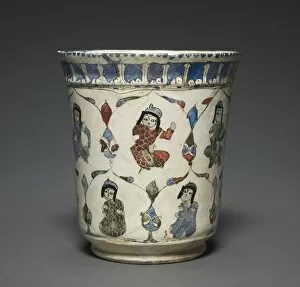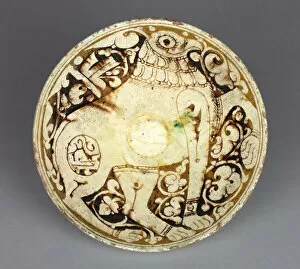Seljuk Period Collection
The Seljuk period, spanning from the 11th to the 14th century, was a time of great artistic and cultural achievements
For sale as Licensed Images
Choose your image, Select your licence and Download the media
The Seljuk period, spanning from the 11th to the 14th century, was a time of great artistic and cultural achievements. This can be seen in various artifacts that have survived through the ages. One such artifact is a fragment decorated with a duck, dating back to the early 13th century. The creator of this exquisite piece remains unknown, but its intricate design showcases the skill and craftsmanship of the era. Another remarkable item from this period is a dragon head finial made of bronze. Created between the 11th and 14th centuries, it serves as evidence of the Seljuk people's fascination with mythical creatures and their ability to bring them to life through art. A two-faced carpet fragment from the 1100s also captures our attention. Its mysterious origins add an air of intrigue, while its delicate patterns reveal an advanced understanding of textile production during this time. Moving on to ceramics, we find a minai beaker adorned with seated princes. Crafted between 1180 and 1220 by an anonymous artist, it showcases scenes from courtly life during that era - perhaps even depicting historical figures who once ruled over these lands. Embroidered border field animals large roundels further demonstrate the creativity and talent prevalent in Seljuk society. These intricately stitched designs depict various animals in motion - showcasing both technical skill and artistic vision. Jug running animals originating from Iran's Kashan region between1150-1220 exemplify another aspect of Seljuk artistry: pottery-making. The vibrant colors used on these vessels highlight not only their functionality but also their aesthetic appeal. The Wade Cup animated script provides us with yet another glimpse into this fascinating period. Dated between1200-1221 in Iran's Seljuk Period; it features calligraphy that seems almost alive as if dancing across its surface – testament to both skilled craftsmanship and literary appreciation during those times.












